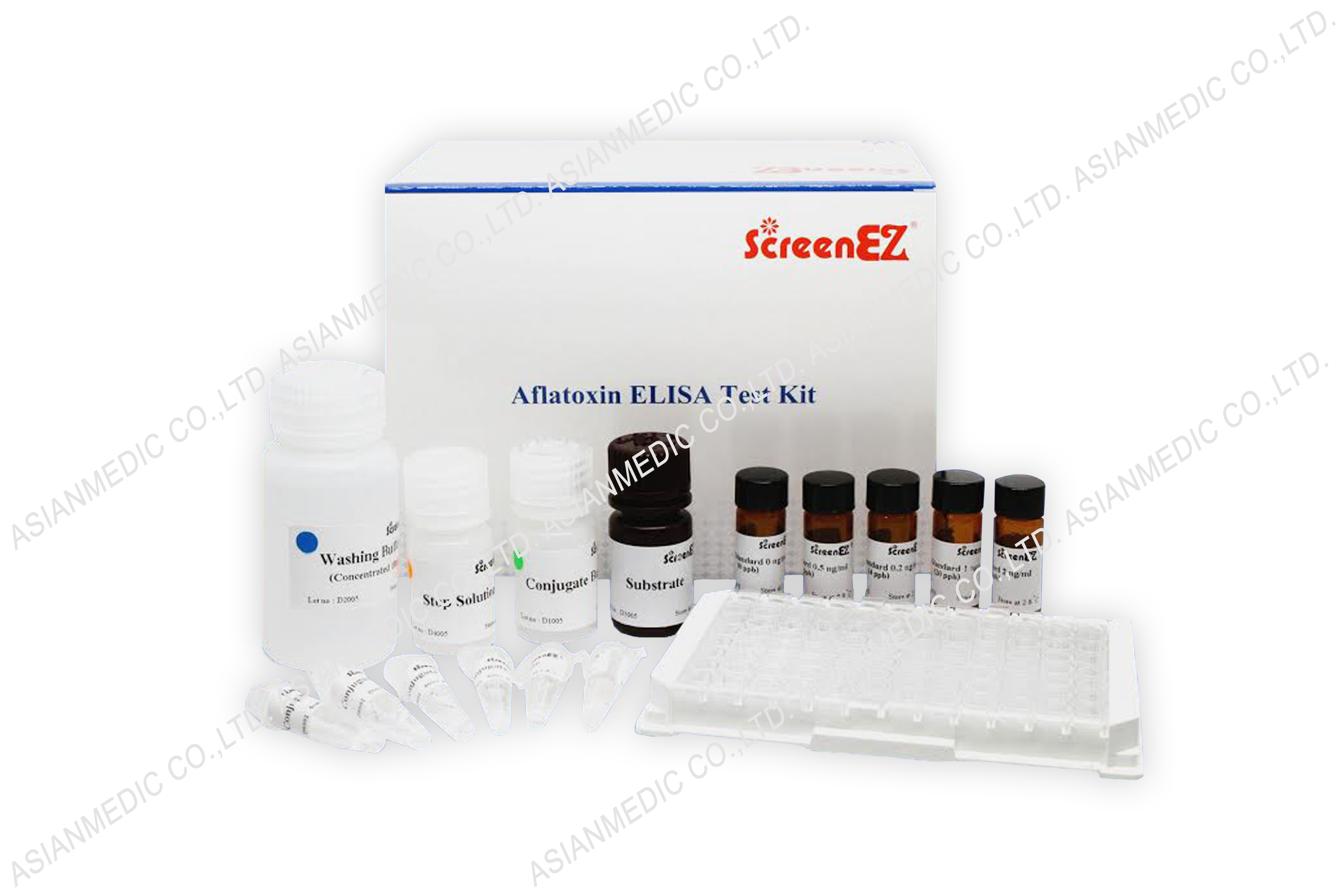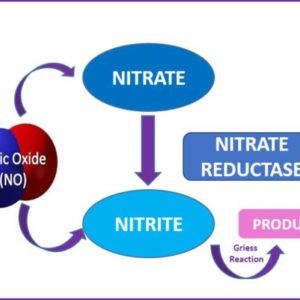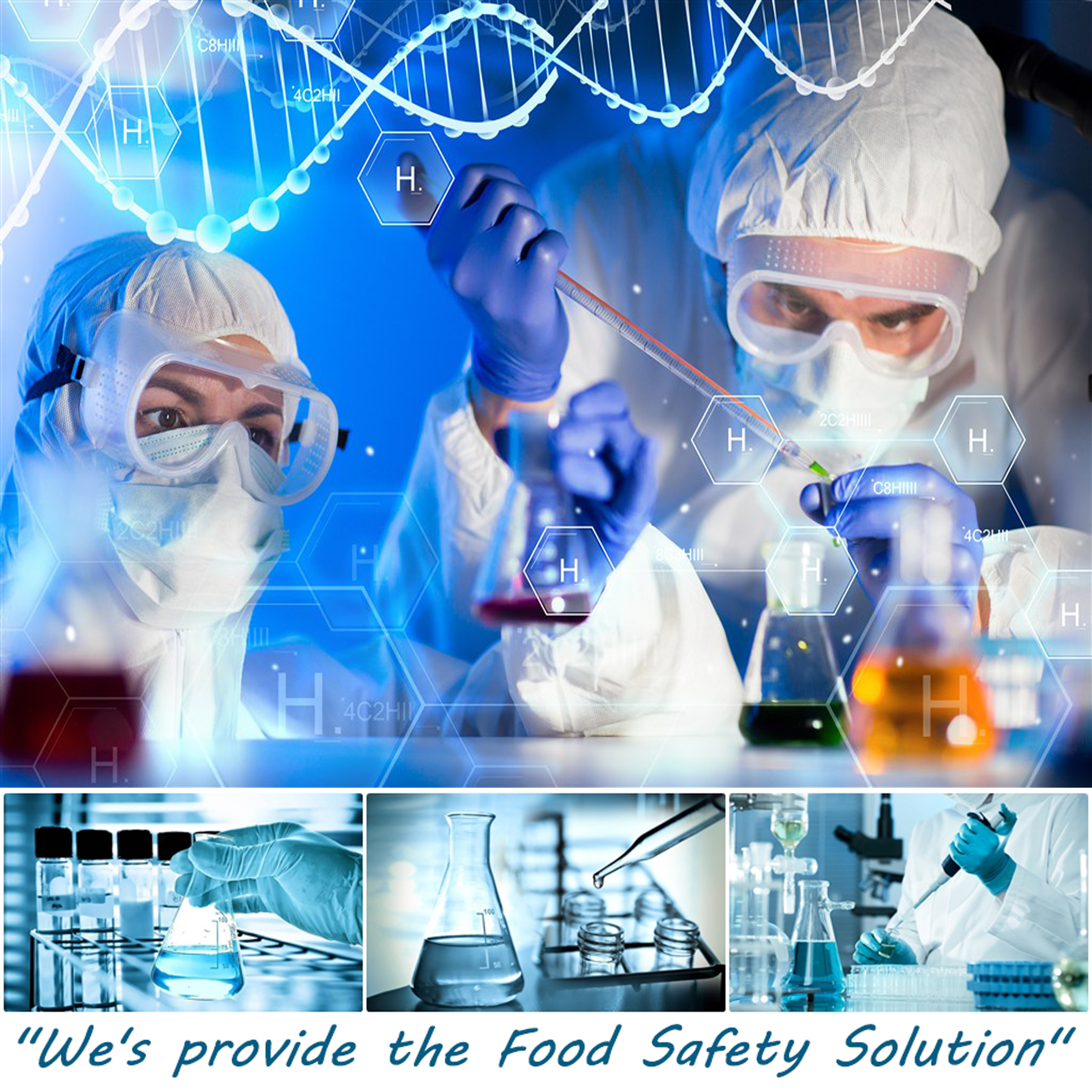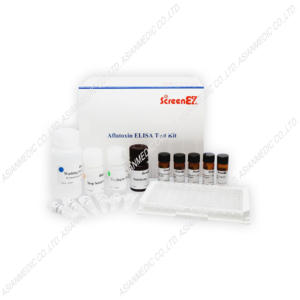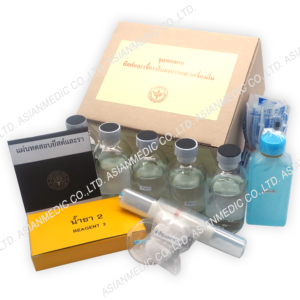Aflatoxins can colonize and contaminate crops before harvest or during storage and transportation. Host crops are particularly susceptible to infection by fungi following prolonged exposure to a high humidity environment. The ambient temperature in the range of 28o -35o C is favorable for Aflatoxin growth.
The 4 major naturally occurring Aflatoxins are AFB1, AFB2. AFG1 and AFG2. AFB1 is most frequently found. It is most toxic and carcinogenic to human beings and animals. Exposure to only a small amount of AFB1 is a high risk of liver cancer. There are also Aflatoxin M1 and M2, which are the derivatives of the B1 and B2. Milk is can be contaminated with Aflatoxins which are resistant to heat up to 280OC. Aflatoxins remain in acidic condition,
decomposes in alkaline condition and is slightly soluble. When they enter the body they will be discharged with urine, feces and milk; certain parts of Aflatoxins will turn into metabolites. The most toxic ones are Aflatoxins B1, B2 and B3. Chronic exposure also leads to a high risk of developing liver cancer, as the metabolite Aflatoxin can intercalate into DNA and RNA and alkylate the bases through its epoxide moiety. At present, Aflatoxins are listed by the International Association Research Cancer (IARC) as Class I carcinogens
Aflatoxins are naturally occurring mycotoxins that belong to the secondary metabolites produced by many species of Aspergillus flavus, Aspergilus parasiticus and Aspergillus nomius. Crops (food and feed) which are frequently affected include cereals (maize, sorghum, rice, wheat, barley, Job’s tears), oilseeds (sunflower, peanut and other nuts), desiccated coconut, dried chili, dried shrimps, dried fish, spices, herbs and coffee. The food processed from contaminated raw materials is also infected.
Specificity
Aflatoxin B1 100 %
Aflatoxin B2 21.4 %
Aflatoxin G1 25.0 %
Aflatoxin G2 2.5 %
Package: 48 Test/box



